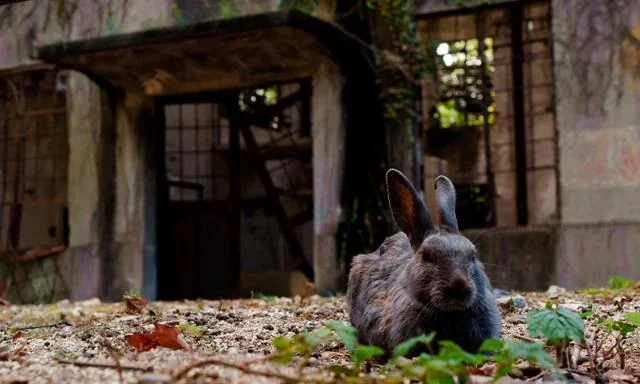In the northeastern Indian state of Meghalaya, a remarkable cultural tradition continues to flourish—one that blends human ingenuity with nature’s resilience. The indigenous Khasi and Jaintia tribes are known for their “living root bridges,” structures grown rather than built. Using the roots of the resilient rubber fig tree (Ficus elastica), villagers slowly coax the roots across rivers and streams using hollowed-out betel nut trunks to guide their growth. Over 15 to 20 years, these roots mature into strong, living bridges that can last centuries and support the weight of dozens of people.
This ancient practice exemplifies sustainable engineering and deep respect for the environment. Unlike wooden or steel bridges, these living structures grow stronger with age and adapt naturally to the region’s monsoon-soaked climate. It’s a brilliant example of low-impact infrastructure in a world increasingly focused on green innovation. Beyond practicality, these bridges hold spiritual and communal significance—they’re seen as symbols of harmony between people and nature.
The tradition of creating living bridges is passed down orally, from one generation to the next. While tourism has brought attention to Meghalaya’s botanical marvels, there is a growing call to protect this cultural heritage from commercialization. As global societies look for sustainable solutions, these root bridges remind us that sometimes, the best technologies are the ones nurtured with patience, tradition, and care for the earth.





